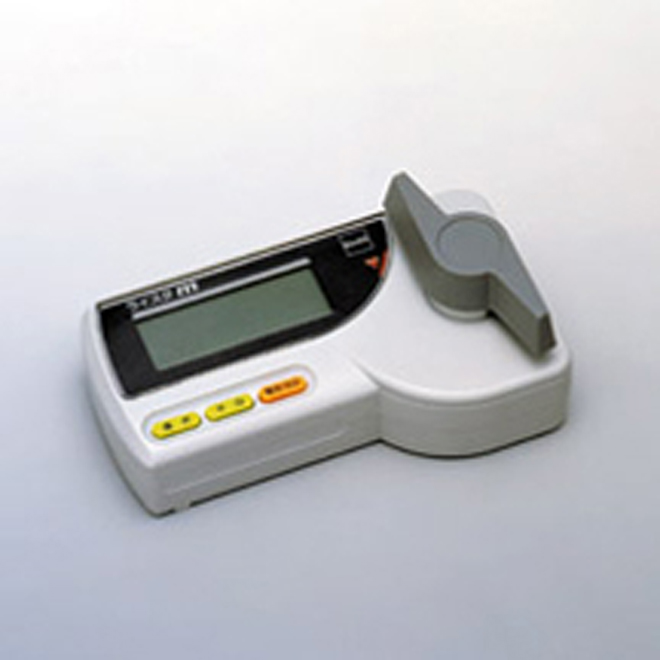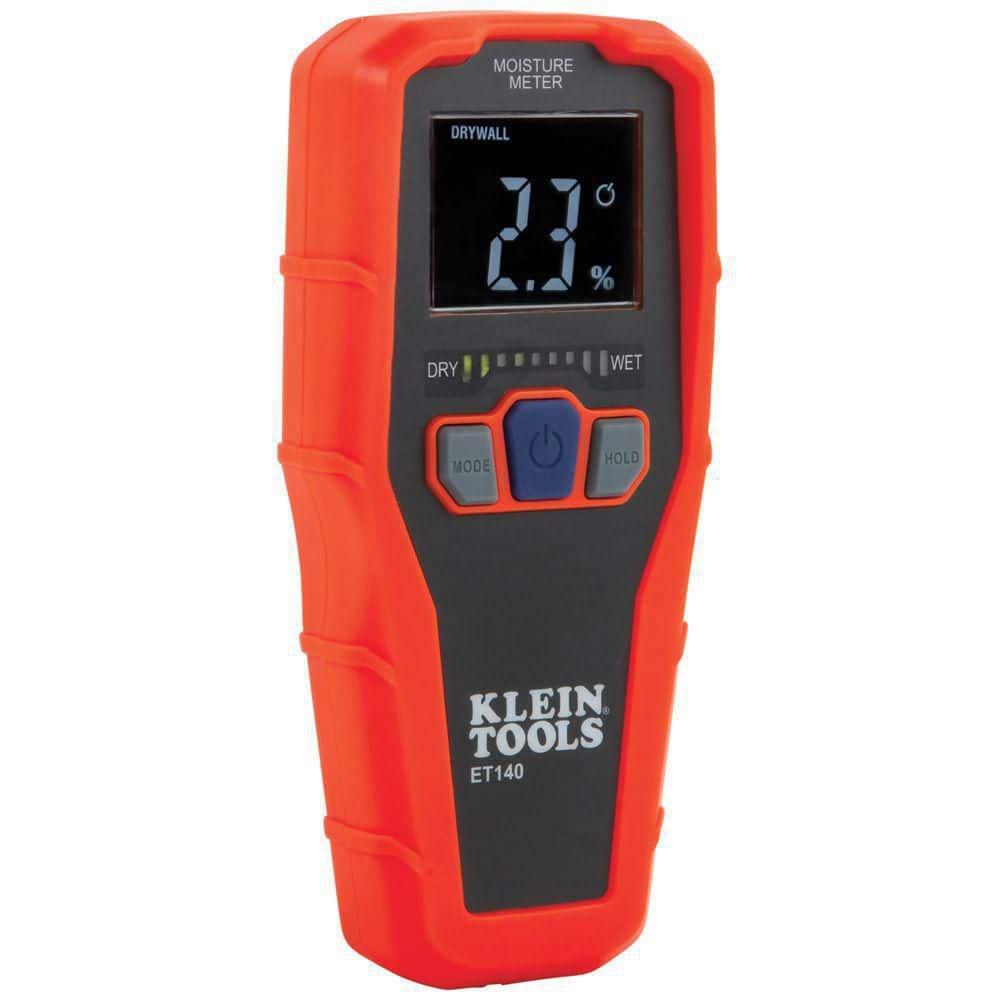Explore the Globe of Moisture Meters: Everything You Need to Know
In the realm of dampness meters lies a world of accuracy and practicality that often goes undetected. Comprehending how moisture meters run, the various types readily available, and their diverse usages can drop light on their importance in making sure high quality and performance.
Exactly How Moisture Meters Job
Wetness meters run by determining the electric conductivity or capacitance of materials to establish the wetness web content existing - Moisture Meter. These meters are very useful devices throughout different markets, including woodworking, building and construction, and agriculture. By using various techniques such as pinless or pin-type technology, dampness meters provide precise analyses that aid professionals make notified decisions
Pin-type moisture meters work by inserting the sharp pins into the material being evaluated. On the other hand, pinless dampness meters utilize electro-magnetic signals to scan a larger area without causing any damage to the product's surface.
Despite the technique utilized, moisture meters play an important function in stopping problems such as mold growth, structural damage, or product problems caused by excess moisture. Understanding just how these meters job is necessary for making sure the quality and integrity of products in numerous applications.
Kinds of Wetness Meters
Provided the crucial role dampness meters play in numerous industries, it is vital to understand the various types available to specialists for precisely assessing wetness levels. There are largely two major kinds of moisture meters: pinless and pin-type moisture meters.
Pin-type wetness meters utilize 2 pins that are inserted right into the material being examined to determine the electric resistance between them. This approach is typically utilized for timber, drywall, and other structure materials. Pin-type meters give exact analyses at particular midsts, making them optimal for recognizing moisture slopes.
On the various other hand, pinless moisture meters use electro-magnetic sensor plates to scan a bigger area of the material without creating any damage. This type appropriates for rapidly scanning huge areas and is typically made use of for floor covering, walls, and ceilings. Pinless meters are practical for taking analyses on completed surfaces without leaving any kind of noticeable marks.
Both kinds of wetness meters have their benefits and are picked based upon the specific demands of the task handy. Understanding the distinctions in between these kinds is essential for experts to make exact dampness assessments.
Applications Across Industries
Construction experts count on wetness meters to analyze the moisture degrees in building materials like concrete, wood, and drywall, which is vital for keeping structural stability and preventing problems like rot or mold and mildew. The floor covering sector utilizes wetness meters to determine the dampness content in subfloors before mounting various floor coverings, stopping pricey problems due to excess moisture. In the food sector, wetness meters are utilized to keep track of and manage moisture Go Here degrees in items such as grains, nuts, and dried fruits to preserve quality and quality.
Tips for Using Wetness Meters
Use the moisture meter's calibration setups to make certain precise readings when measuring the dampness material in different materials. In addition, make certain the meter is set to the appropriate moisture array for the material you are measuring to get the most exact outcomes.

When making use of a pin-type dampness meter, put the pins to the ideal deepness suggested for the material being evaluated. This makes certain that the moisture analyses are extracted from the right deepness within the material, providing a more exact depiction of its wetness content. For pinless moisture meters, remember to keep appropriate contact with the material's surface area to get reputable readings.

Frequently check and change the batteries in your wetness meter to stop imprecise readings as a result of low power. Shop the meter in a dry and secure location when not being used to prolong its life-span and preserve its precision. By adhering to these suggestions, you can take full advantage of the efficiency of your moisture meter and acquire specific wetness web content measurements across various products.

Upkeep and Calibration
To make certain the accuracy of moisture material measurements, routine upkeep and calibration of the wetness meter are essential actions in its proper performance. Maintenance entails maintaining the wetness meter clean and complimentary from particles that can impact its analyses. It is essential to adhere to the producer's standards for cleansing to protect against damages to the device. In addition, regular calibration is required to validate the accuracy of the readings. Calibration readjusts the moisture meter to guarantee that it gives reputable and regular results.
Calibration navigate to this site must be executed periodically, especially if the moisture meter is utilized often or in important applications where specific dimensions are called for. Many moisture meters come with calibration tools or can be calibrated by professional directory services - Moisture Meter. It is recommended to keep a log of calibration dates and results to track the performance of the moisture meter over time. By maintaining and calibrating the moisture meter frequently, individuals can trust the accuracy of the moisture material measurements acquired.
Final Thought
In final thought, moisture meters play a crucial duty in different industries by properly determining the moisture material of materials. Recognizing exactly how these devices function, the different kinds offered, and proper upkeep and calibration are vital for obtaining trusted results. Whether in construction, farming, or manufacturing, making use of wetness meters helps make sure quality control and effectiveness in procedures.
Construction experts rely on wetness meters to assess the wetness degrees in building materials like concrete, wood, and drywall, which is important for keeping structural stability and stopping concerns like rot or mold and mildew. The flooring sector uses dampness meters to gauge the moisture material in subfloors prior to installing various floor treatments, protecting against costly damages due to excess moisture.Use the wetness meter's calibration setups to ensure accurate readings when determining the wetness material in numerous products. By adhering to these tips, you can make best use of the efficiency of your moisture meter and obtain precise wetness material measurements across different materials.
In final thought, wetness meters play a vital duty in numerous sectors by properly gauging the wetness material of products.
Comments on “Moisture Meter Buying Guide: What to Search for in High-Quality Instruments”